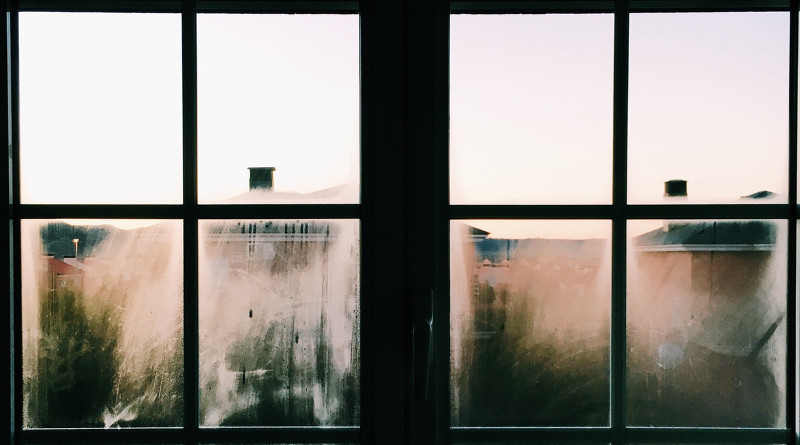Not many houses still have old steel-framed windows nowadays, but some do and unless you plan to replace them with wooden or UPVC frames, you should know how to maintain them properly.
Metal window frames offer a completely different set of problems to other types of window frames, including things like rust and flaking, and metal fracturing (particularly in cast-iron frames).
Metal frames are not usually very efficient, so if they are in terrible condition, it may be worth considering replacing them, rather than spending time and money repairing them.
Removing The Glass
Depending on how bad condition your metal frames are, and depending on the type of problem you are experiencing, you might or might not need to remove the glass before you carry out any of the following maintenance.
To remove the glass from a metal frame, carefully chip away the putty with an old chisel or hacking knife (a tool designed for exactly this job) until you can lift the glass out of the frame. Store the glass somewhere safe and out of the way.
Treating a Rusted Frame
Unless you are sure that the rust is very localised (i.e. only on one small area of the window) it is a good idea to take off the paint from the whole of the frame, treat the rust and then repaint. If the paint on the frame is in bad condition you may be able to scrape most of it off with a chisel or putty knife. If not, apply chemical paint stripper, leave this to work for the required amount of time and then scrape the paint away.
Large flakes of rust can be chipped away with an old chisel before you brush the rest down with a stiff wire brush. If you have a wire wheel attachment for your drill, or if you have something like the Dremel 7700, you can also use this to remove the worst of the rust.
It is a good idea to wear safety goggles and gloves when doing this. With the worst of the rust removed, brush away any dust with an old paintbrush and fill any holes or pitting which have been revealed with an epoxy-based filler.
When the filler is dry, paint on a coat of rust remover and allow it to dry. For the best results, and to provide the best protection for the steel frame, apply a coat of zinc-based primer, then a coat of undercoat and finally one or two coats of gloss. Allow each coat of paint to dry fully before applying the next. When everything is dry, you can replace the glass using metal casement putty.
Fixing a Warped Frame
Sometimes a warped frame can be caused by a build up of paint or rust pushing the window away from the frame. If this is the case, scrape off the paint or rust, clean up the area and repaint it.
If the frame is warped for no apparent reason, there is probably little you can do to fix it. You could try removing the glass and carefully twisting the frame back into shape, but be careful that you don’t make the warping worse. If this does not help (and it probably won’t) you can either replace the window, or seal the gap caused by the warp.
To do this, find where the gap is on the frame (it may be in more than one place) and clean the area with soap and water. Dry the frame and, with the window open, apply a bead of silicone sealer to where the gap is.
Brush soapy water on the frame where this bead will touch when the window closes and then close the window. Open it immediately and let the silicone set. Trim off any excess sealant and your window should now be airtight (if not the nicest looking window in the world).
Repairing Peeling Paint
Once paint starts to peel from a metal window, moisture can quickly get under the paint and result in more and more peeling. If your window is galvanised, it may be that this is causing the paint to peel.
Brush the frame with chemical paint stripper and remove all of the paint. Rub down the frame with wet abrasive paper and then wipe it clean with a damp cloth. Let the frame dry and then wipe it with a cloth dipped in white spirit. Let this dry and then paint the frame with good quality metal primer. Finally, paint on a coat of undercoat and then a coat of gloss in your chosen colour.







